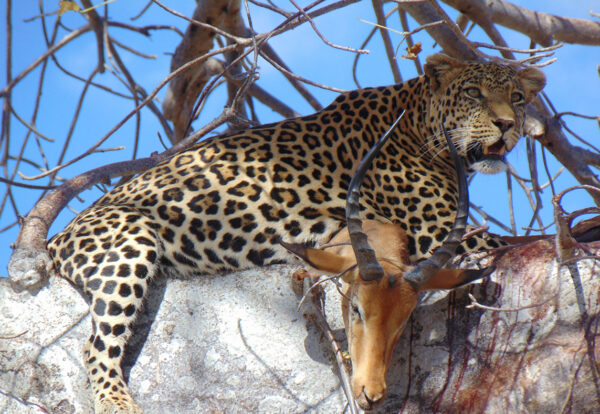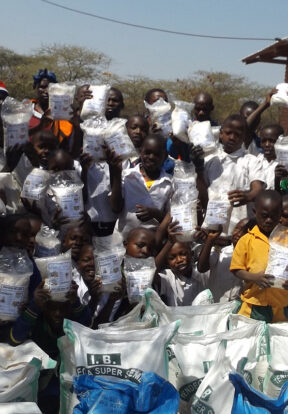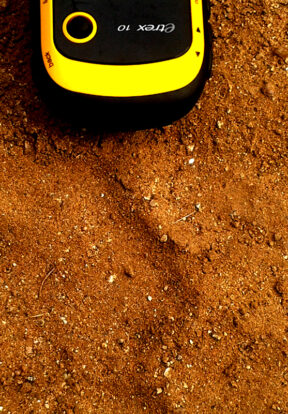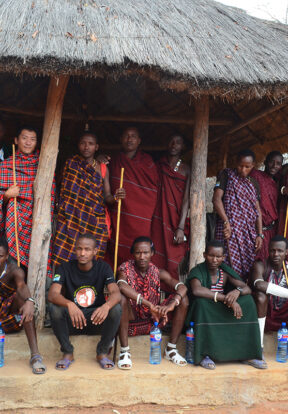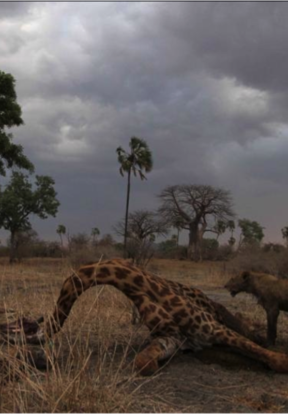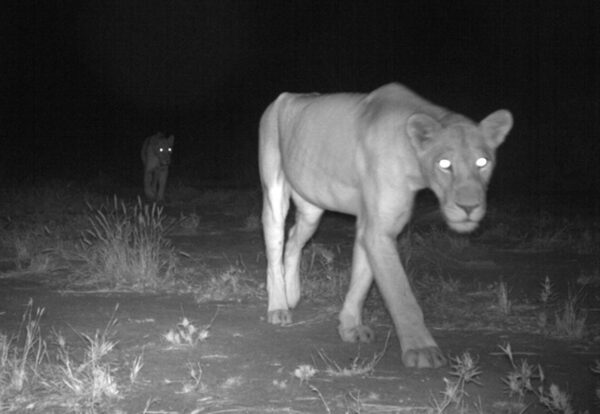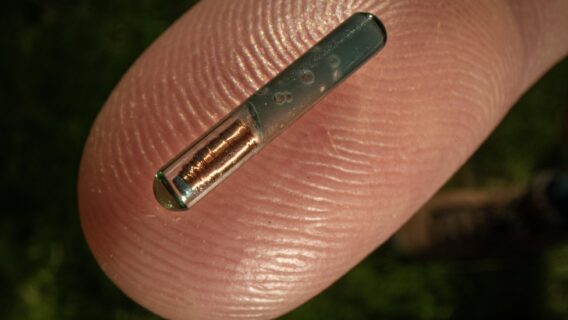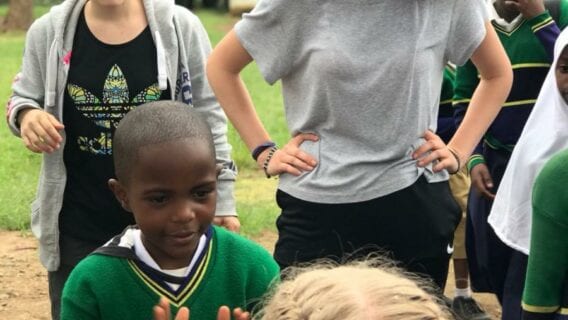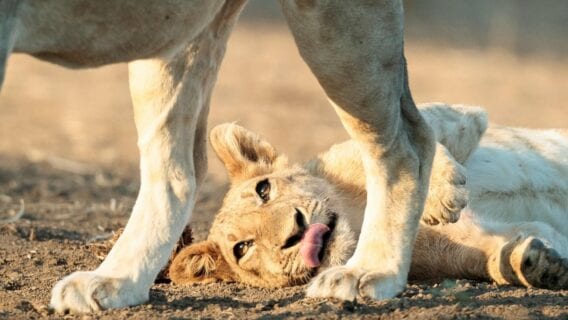Wildlife Conservation Leading to Improved Healthcare and Education
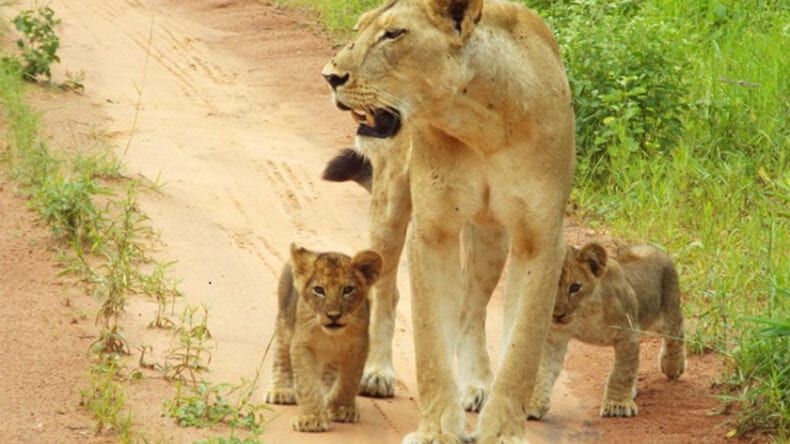
The decline in wildlife populations can be attributed to rapid human population increases in most parts of Africa leading people to encroach on wildlands that previously served as habitat for iconic wildlife species. This encroachment poses challenges to both humans and wildlife with their encounters often resulting in human-wildlife conflicts.
Human-wildlife conflict is evidenced in the European Union’s Larger than Elephants report (2016) as one of the greatest long-term threats to Africa’s wildlife. Consequences of the conflict are felt by both wildlife – especially carnivores (for example, killed as a result of community retaliation for livestock losses) – and people, who suffer losses of human life or assets. Over the years, lions have been targeted most during conflict-related killings – they have lost over 85% of their historical habitat range and only an estimated 23,000 to 39,000 individuals exist in the wild, according to the IUCN Red List of Threatened Species.
IUCN Save Our Species through its European Union funded African Wildlife Initiative is contributing towards reducing the threat of human-wildlife conflicts related to carnivores across Africa by incentivising wildlife conservation. The aim is to decrease the cost of living with wildlife usually incurred by local communities and improve their livelihoods through various socio-economic development initiatives.
One of the projects funded under the SOS African Wildlife Initiative is being implemented by a grantee, the Ruaha Carnivore Programme (RCP) in the South Western border of Tanzania’s Ruaha landscape. In their efforts to contribute towards several Sustainable Development Goals, the grantee will provide incentives to communities for wildlife conservation based on a community camera-trapping system. This project has two main objectives: (1) Reduce the damage caused by carnivores by fortifying livestock enclosures, and (2) provide tangible benefits to local communities as a direct result of wildlife presence. The actions carried out will aim to reduce depredation on livestock and provide significant improvements in healthcare, education and veterinary medicine.
For example, communities obtain credits for any species captured by their camera traps, with more credits awarded for species photographed that are more prone to causing human-wildlife conflict (such as carnivores). These credits can then be converted into financial contributions for the development of healthcare, education and veterinary services. This is important as poverty resulting from limited access to these services is recognised in the EU’s Larger than Elephants report as one of the key underlying issues driving habitat degradation and biodiversity loss.
The compensation scheme which will run in 16 villages will demonstrate a clear linkage between the presence of species such as lions, cheetahs, leopards and African wild dogs and community benefits. It is expected to reduce the chances of people killing large carnivores in general.
At a wider scale, education about best-practice livestock husbandry will also be provided to over 55,000 people in the study area, thereby improving household economic security in this poverty-stricken area, as well as improving attitudes towards conservation and reducing the killing of large carnivores and other wildlife.
IUCN Save Our Species will continue to support public awareness raising efforts as well as education programmes in African large carnivore Range states, in order to support co-existence between humans and carnivores and to promote measures for the conservation and recovery of their populations.

